The next time you visit a friend or relative at your neighborhood hospital, look around at the nurses and clinicians. You might see them using a smartphone to receive critical information instead of overhead pagers or voice badges. Go to a hospital ER and it’s possible you’ll see a physician rushing around with a mobile device as well. Take a ride in an ambulance (well, hopefully you won’t), and you might be tended to by an EMT using an iPhone or tablet (like clinicians at Frisbie Memorial Hospital’s Emergency Room in Rochester, New Hampshire who are using the Voalte iPhone system) to communicate with the hospital staff … giving them critical information such as your condition and the ambulance’s estimated arrival time at the ER.
While smartphones at the point of care are not yet standard operating procedure in America’s hospitals and emergency rooms, it’s part of an emerging mHealth trend that’s worth noting. With the proliferation of smart devices being used personally by both clinicians and doctors, it’s no surprise they will help drive the trend toward smartphones at the point of care. It’s interesting to look at some recent statistics about smart devices and how nurses and doctors have adopted the technology.
According to Manhattan Research’s 2011 physician survey:
- 75 percent of U.S. physicians own an Apple device such as an iPhone, iPad or iPod
- 81 percent own some sort of a smartphone
- Just one year after it debuted, 30 percent of physicians own an iPad and 28 percent said they were planning to purchase one in the next six months
Additionally, according to a 2011 survey by Springer Publishing Company which surveyed more than 1,000 nurses about their usage and preferences for smartphones:
- 74 percent of respondents said they owned a smartphone or tablet computer
- 44 percent owned an Apple iPhone/iPod Touch, 30 percent an Android, 22 percent an iPad and 19 percent a Blackberry/RIM
- 53 percent of those owning smartphones have downloaded or installed nursing or medical applications
Smartphones aren’t just for personal use anymore. Keep your eyes open for more mobile health applications that you can use to monitor your own health along with more applications and software that will allow doctors and nurses to use smart devices to manage your ER visit, hospital admission and care as you move through the system.
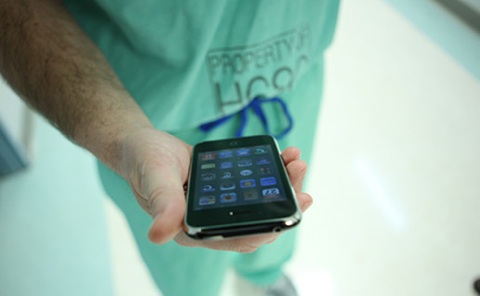
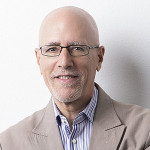
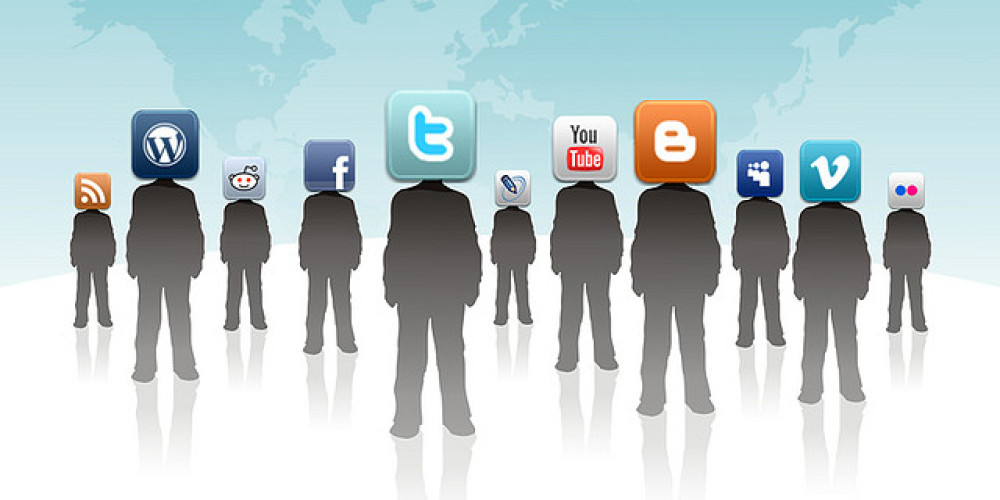

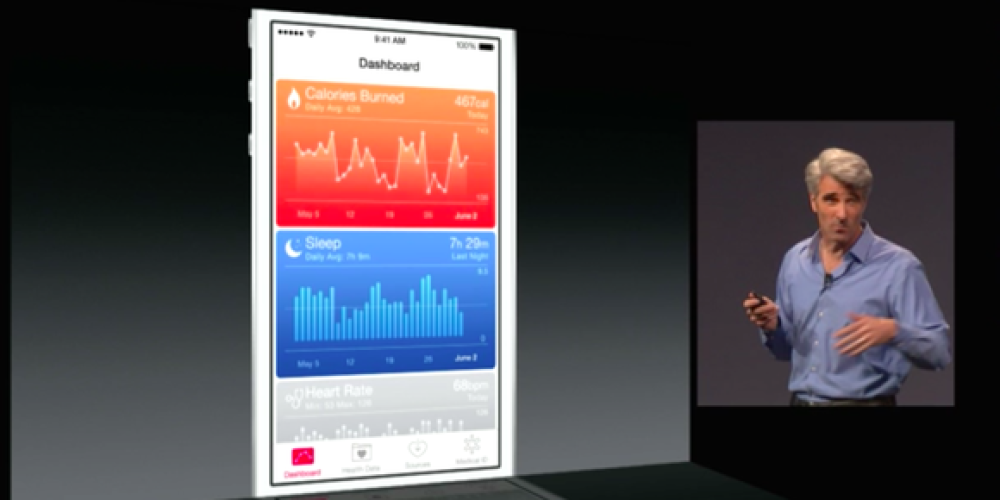

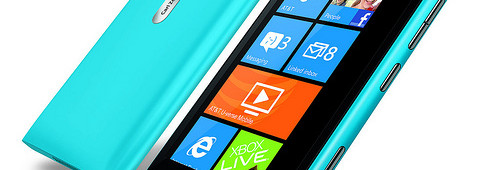
Gerald Theis says:
This trend is even more accelerated in the Asia-Pacific healthcare system due to the consumer desire to use mobile health technology during medical emergencies.
https://www.smartphonehc.com/2012/12/10/mycrisisrecords-offers-peace-of-mind-in-emergency-situations/?utm_source=dlvr.it&utm_medium=linkedin